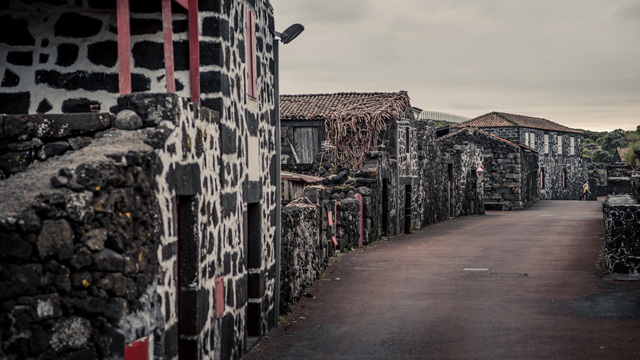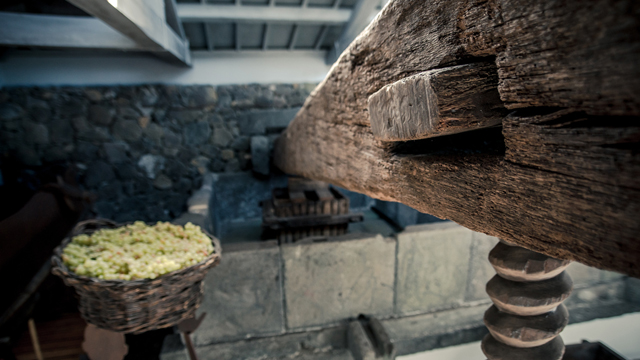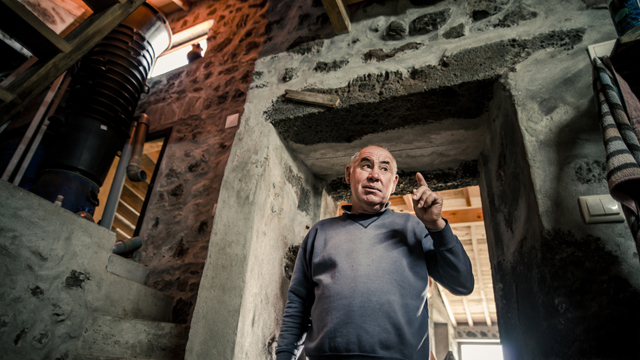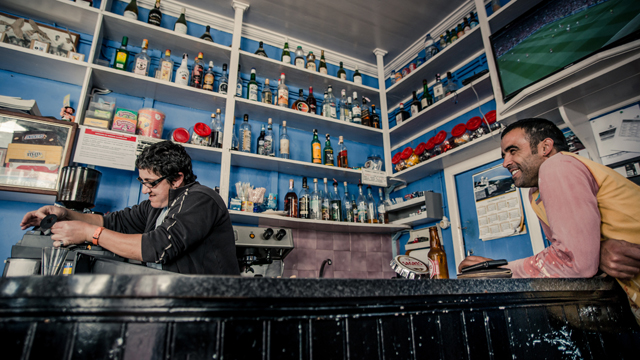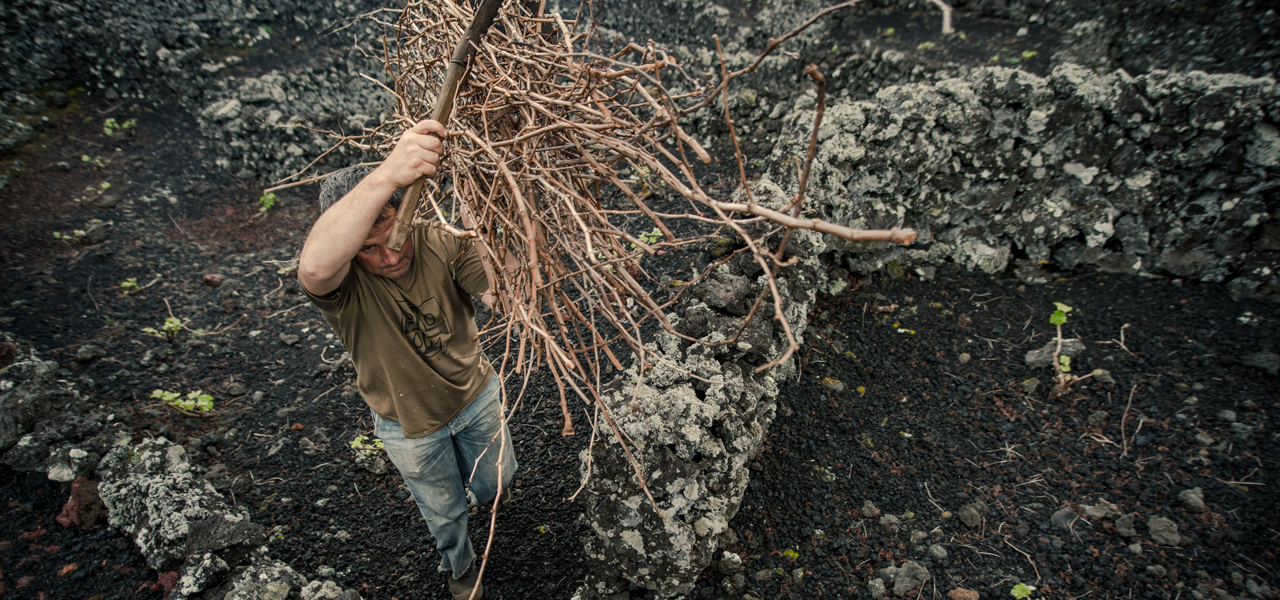
The production of wine in Pico island dates back to the colonization in the 15th century and according to historic accounts, the first vines were brought by Friar Pedro Gigante (Peter The Giant), priest in the only parish of those days, in Lajes.
During the 17th century, the excess of wine and “aguardente” (brandy), was exported to the New World – Brazil, Antilles and North America – in such quantities that impelled great local economic development in Pico, and led to the establishment, in 1723, of the municipality of Madalena. Several occurrences were decisive for this event: politic, social and economic factors, in Pico. The rise and growth of Horta harbour, in Faial, as a port of call for international commercial navigation and as the principle port of exportation of Pico wine.
The fact that Pico Verdelho wine was shipped through Horta harbor, was essential for the economic growth of both islands and the Azores: besides the impact on labour and the profits for the landlords and the merchants, residing in Faial, the rents collected by Horta Customs were considerably relevant for the Royal Treasury, based in Terceira island.
The risk of deterioration of the wine and the pressure of brazilian demand, led to the production of larger quantities of “Aguardente”. Despite some difficulties when selling this product, because of excessive production, “Aguardente” appears to have had a very high reputation among the goods from the islands.
In the second half of the 19th century, with the outbreak of Oidium and Phylloxera, the decrease of income of the wine producers, led them to introduce in the island, new varieties of grapes such as “Isabela”, leading to the production of wine with less quality and to increase the production of “Aguardente”.
Some vineyards were replaced by fig trees and peach trees, for the production of “Aguardente”. In 1889, 34 distilleries could be found in the municipality of Madalena alone, that used grape marc, peaches and figs. Figs could be found in large quantities especially by the coastline, between Cais do Mourato and Cabrito.
In the beginning of the 17th century, the Brum da Silveira family, from Faial island, were the owners of large vineyards and 2 distilleries in Pico, one in Fogos – Candelária and the other in Cais do Mourato – Madalena.
In 1949 the Cooperativa Vitivinícola da Ilha do Pico (Wine Cooperative) was established, and in 1961 begins to produce wine. Wine production starts to recover.
In 2004, the Vineyard Landscape in Pico is classified, by UNESCO, as World Heritage. It occupies a total area of 154,4ha, surrounded by a buffer zone with 2445,3ha and it includes 2 sites – Lajido of Criação Velha and Lajido of Santa Luzia.
There is a total of 120km² of stone walls.
The arrangement of the stone walls complied with the requirements of the vineyards and the owners confort. There was the need to meet the production income, the transportation of the grapes, the storage and the harvest.
The vineyards were protected by stone walls (from wind and salt water)and depending on their size, they were divided into “jeirões”, separated by walls, next to which were pathways – “servidões” – that lead to “canadas”. Two parallel low walls, at a distance of 2 or 3m, develop from one end to the other of the vineyard or of the “jeirões” and which are cut off by other walls. Passage is made possible from one curral to the other through very small openings – “bocainas” – alternately on the left and right sides, to prevent wind circulation
The roughness of the basaltic landscape made it very difficult to work the land. The lava ground was split – “viradas” - up to 1m deep, so as to plant the vine, making space for the roots to grow and for ventilation.
The tools used for the “viradas” were: pike, sickle, glove, ax, chain, pick-axe and the “viradas” basket.
